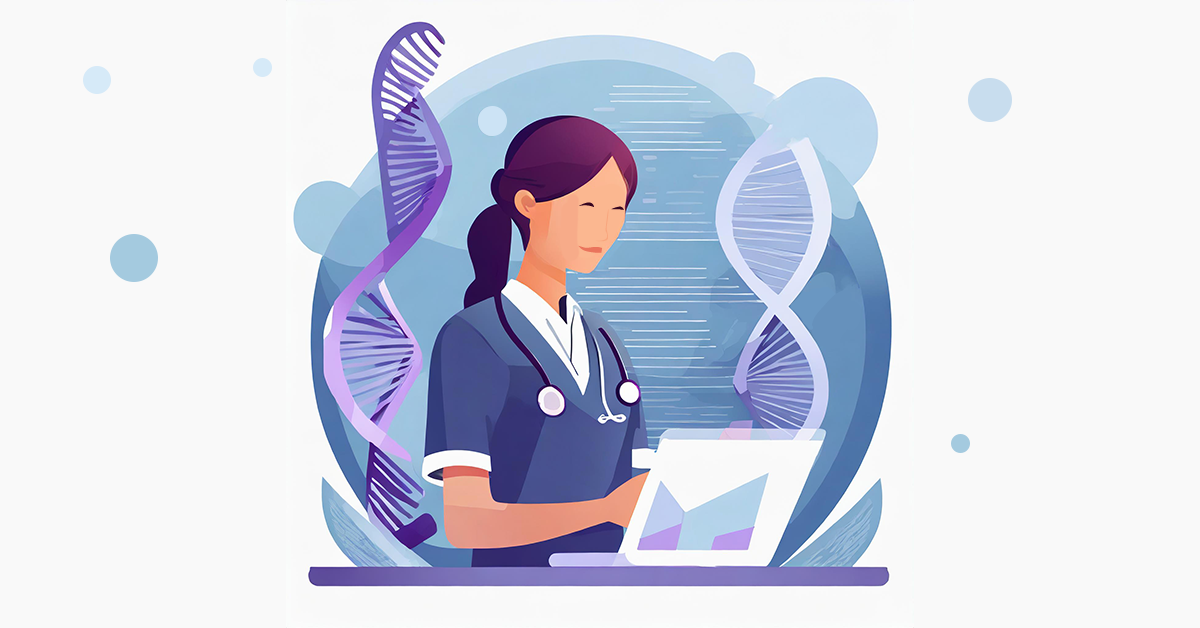Carter, A. B., Abruzzo, L. V., Hirschhorn, J. W., Jones, D., Jordan, D. C., Nassiri, M., Ogino, S., Patel, N. R., Suciu, C. G., Temple-Smolkin, R. L., Zehir, A., & Roy, S. (2022). Electronic Health Records and Genomics. The Journal of Molecular Diagnostics, 24(1), 1–17.
https://doi.org/10.1016/j.jmoldx.2021.09.009
Grebe, T. A., Khushf, G., Chen, M., Bailey, D., Brenman, L. M., Williams, M. S., & Seaver, L. H. (2020). The interface of genomic information with the electronic health record: a points to consider statement of the American College of Medical Genetics and Genomics (ACMG). Genetics in Medicine.
https://doi.org/10.1038/s41436-020-0841-2
Lau-Min, K. S., Asher, S. B., Chen, J., Domchek, S. M., Feldman, M., Joffe, S., Landgraf, J., Speare, V., Varughese, L. A., Tuteja, S., VanZandbergen, C., Ritchie, M. D., & Nathanson, K. L. (2020). Real-world integration of genomic data into the electronic health record: the PennChart Genomics Initiative. Genetics in Medicine, 23(4), 603–605.
https://doi.org/10.1038/s41436-020-01056-y
Walton, N., Johnson, D. K., Person, T. N., & Srikar Chamala. (2019). Genomic Data in the Electronic Health Record. Advances in Molecular Pathology, 2(1), 21–33.
https://doi.org/10.1016/j.yamp.2019.07.001
Walton, N., Johnson, D., Heale, B., Person, T., & Williams, M. (2022). Creating a Home for Genomic Data in the Electronic Health Record. AMIA ... Annual Symposium proceedings. AMIA Symposium, 2021, 1196–1197.
Williams, M. S. (2019). The Genomic Health Record. Emery and Rimoin’s Principles and Practice of Medical Genetics and Genomics (Seventh Edition), 315–325.
https://doi.org/10.1016/b978-0-12-812536-6.00012-2
